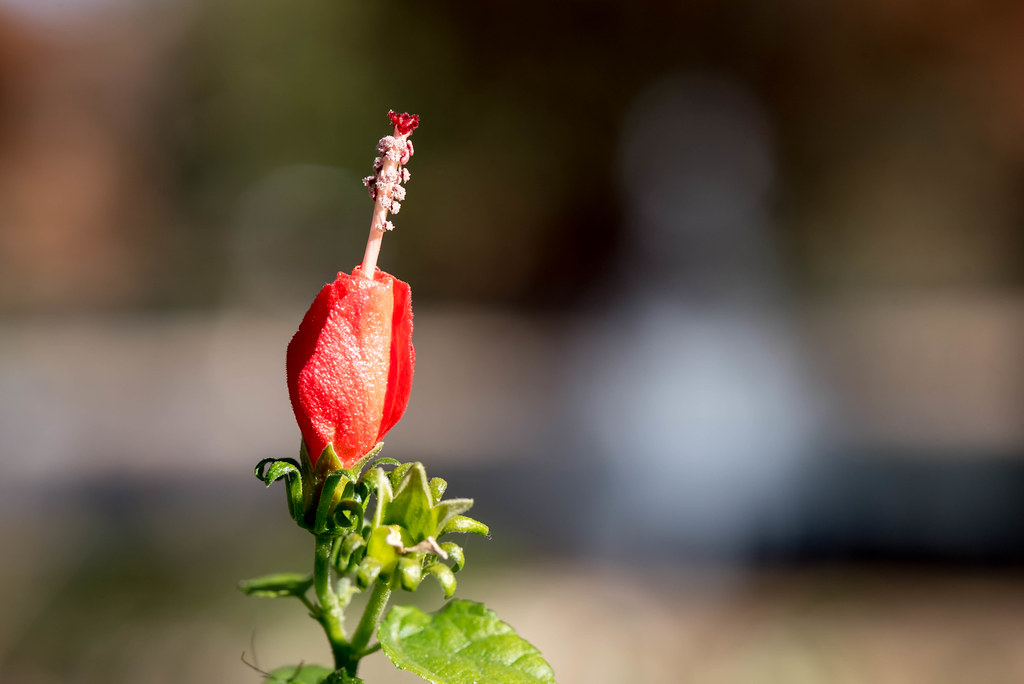
Note: This post marks nine years of Weekly Fifty. I never would have guessed in the spring of 2013 that this blog would still be going almost a decade later, but here we are :) Thank you, readers, for all your comments, questions, and kind words over the years and here’s looking ahead to ten years and beyond! *clinks glass*
Sometimes I take my camera with when I go out for a short walk around campus (usually by Theta Pond) and just come up empty. I walk around looking for photo opportunities and nothing really happens. No bright colors, no interesting subjects, no mix of light and shadow…nothing. Not that photo opportunities aren’t everywhere, just that some days I have a harder time seeing them compared to others. That’s what was happening when I took this picture, and while this isn’t the most groundbreaking photo I have ever taken it does serve as a reminder to me that even in times of photographic famine there are still images to be made.
Often when I’m looking for a picture opportunity one thing that I consistently come back to is light. I mean, of course photographs must involve light but I try to look for ways in which lighting is being used a bit differently, or how I can see something from a unique angle, thanks to light. The dying leaf you see here is nothing special–just a withering bit of greenery on the ground, the kind of thing you might see almost anywhere you look during fall or winter. What transforms the leaf from mundane to photo-worthy is lighting. By shooting the leaf from a low angle with the sun behind, it appears to glow almost as though it has summoned some speck of new life despite the decay. But wait, as Ron Popeil might say, there’s more.
A few years ago I shot this picture which, as you can clearly see, shares a ton of similarities with the photo features for this week and I absolutely had the original shot in mind when I took the new one. As I framed the leaf in my D750 and 105mm f/2.8 macro lens, I noticed bright spots of light pop up behind it every few seconds. Vehicles driving east on University Avenue reflected the sun right into my camera, just as they did in the shot of the flower I took exactly two years earlier. (Seriously, they were both taken on January 31 two years apart.) Those brilliant points of light added an amazing extra element to the shot, and elevated it to a whole other plane. Within the span of roughly three minutes I went from not seeing any photo opportunities to creating an image I would be proud to print and hang.
Sometimes you just have to keep your eyes open and be willing to see something familiar, differently :)



